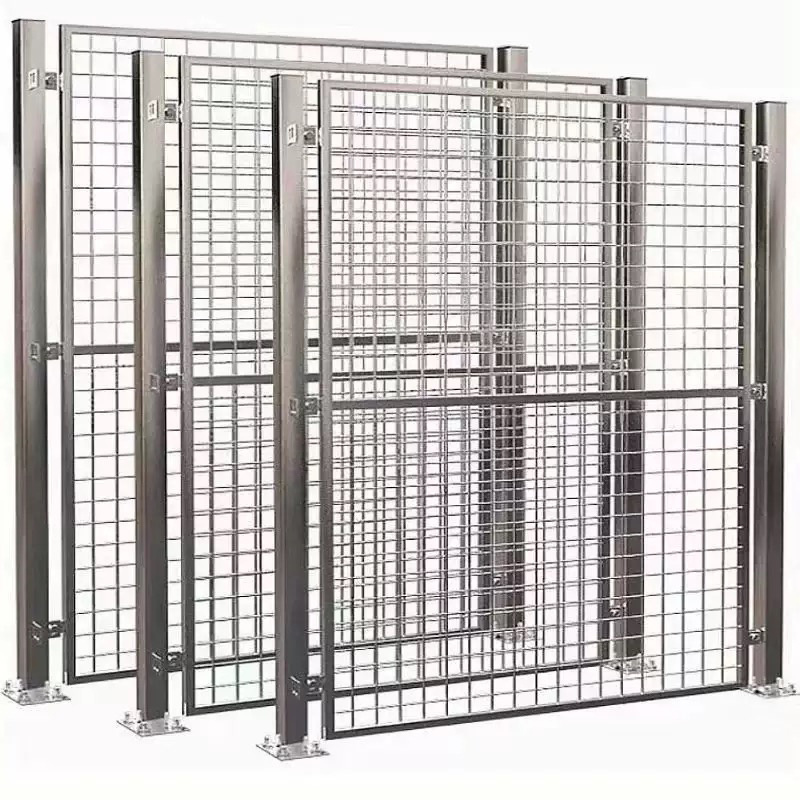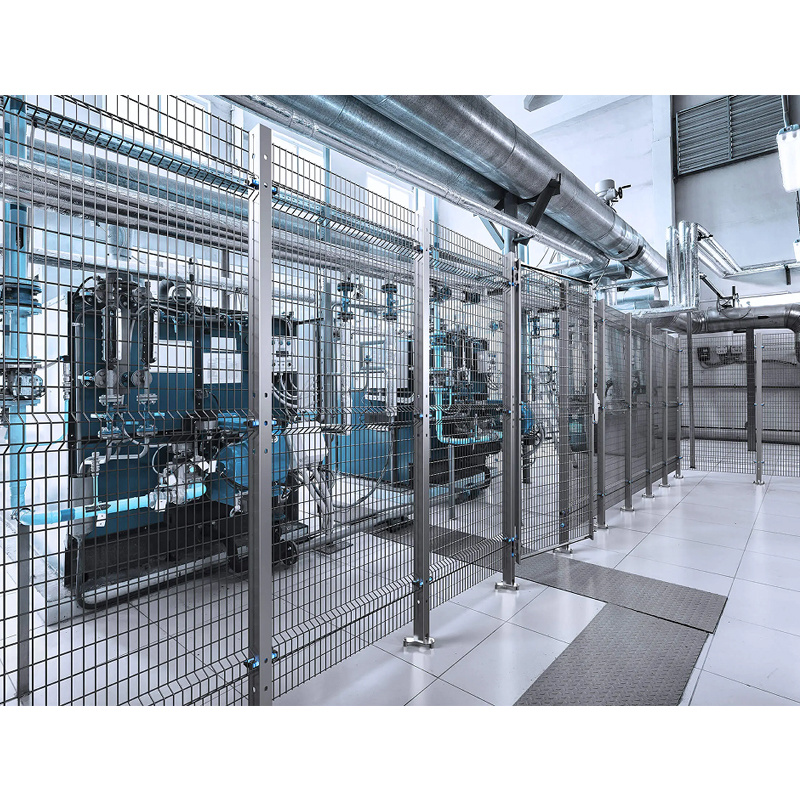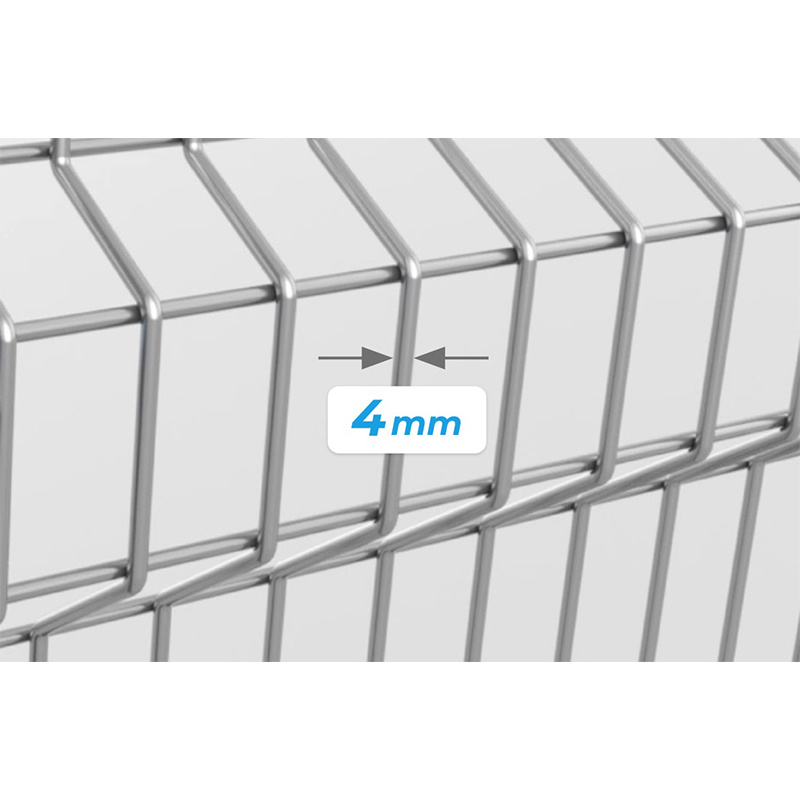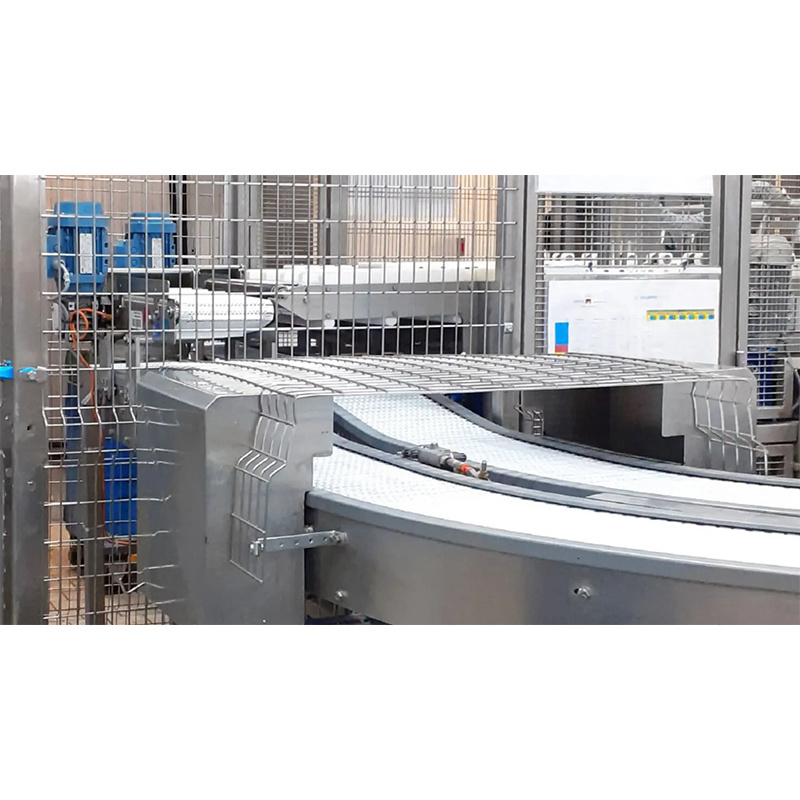The Role of Flexible Anti-Collision Guardrails in Modern Traffic Management
Release Time:
Jul 31,2025
The Role of Flexible Anti-Collision Guardrails in Modern Traffic Management Introduction to Flexible Anti-Collision Guardrails In today's fast-paced world, traffic safety has become a paramount concern for urban planners and road safety officials. One of the most effective solutions for mitigating the risks associated with vehicular accidents is the implementation of **flexible anti-collision
The Role of Flexible Anti-Collision Guardrails in Modern Traffic Management
Introduction to Flexible Anti-Collision Guardrails
In today's fast-paced world, traffic safety has become a paramount concern for urban planners and road safety officials. One of the most effective solutions for mitigating the risks associated with vehicular accidents is the implementation of **flexible anti-collision guardrails**. Designed to absorb impact and redirect vehicles away from danger, these guardrails are essential in maintaining road safety. This article delves into their critical role within modern traffic management systems, highlighting their advantages, design principles, and impact on safety.
Understanding the Importance of Traffic Safety
Traffic safety extends beyond mere regulations; it encompasses a broad spectrum of strategies aimed at reducing road accidents, injuries, and fatalities. The introduction and maintenance of effective safety equipment, such as guardrails, play a crucial role in this endeavor. In regions with high traffic volume, the risk of collisions increases significantly, making the presence of reliable protective measures crucial for safeguarding lives.
The Evolution of Guardrails in Traffic Safety
Historically, guardrails have been used to prevent vehicles from veering off the road or colliding with fixed objects. Traditional guardrails were rigid and often resulted in severe vehicle damage and occupant injury upon impact. The introduction of flexible anti-collision guardrails marked a significant advancement in traffic safety equipment. These modern systems are engineered to deform upon impact, thereby dissipating energy and minimizing the severity of collisions.
Key Features of Flexible Anti-Collision Guardrails
Flexible anti-collision guardrails boast several features that enhance their effectiveness in traffic management. These include:
1. **Energy Absorption**: Designed to absorb kinetic energy during a collision, thereby reducing the impact on vehicles and their occupants.
2. **Vehicle Redirection**: Capable of redirecting vehicles back onto the roadway instead of allowing them to crash into dangerous obstacles.
3. **Modular Design**: Their modular construction allows for easy installation and replacement, making them a cost-effective solution for road safety.
4. **Durability**: Constructed from high-quality materials, these guardrails can withstand harsh environmental conditions, ensuring long-term functionality.
The Design and Engineering of Flexible Guardrails
The design of flexible anti-collision guardrails is grounded in advanced engineering principles. Understanding the dynamics of vehicle behavior during a collision is essential for creating guardrails that can effectively manage impacts.
Material Selection for Enhanced Performance
The choice of materials significantly affects a guardrail’s performance. High-tensile steel and polymer composites are commonly used due to their strength and flexibility. These materials ensure that the guardrails maintain their structural integrity during an impact while allowing for controlled deformation.
Testing Standards and Regulations
Compliance with national and international testing standards is critical to ensure that flexible guardrails perform as intended. Rigorous crash tests simulate various collision scenarios, providing valuable data that informs design improvements. Regulatory bodies oversee these standards, ensuring that guardrails meet safety benchmarks before being deployed on public roads.
Impact of Flexible Anti-Collision Guardrails on Road Safety
The implementation of flexible anti-collision guardrails has demonstrated significant benefits in terms of reducing road accidents and enhancing overall traffic safety.
Statistical Evidence of Effectiveness
Studies have shown that areas equipped with flexible guardrails experience a marked decrease in the number of serious accidents and fatalities. Data indicates that the risk of injury can be reduced by up to 80% in locations where these guardrails are used effectively.
Case Studies of Successful Implementations
Numerous regions worldwide have adopted flexible anti-collision guardrails as part of their traffic management strategies. Case studies highlight how cities have experienced improvements in road safety metrics after the installation of these systems. For example, urban areas that integrated flexible guardrails along high-speed corridors reported fewer collisions and smoother traffic flow.
Challenges and Considerations in Implementation
While the advantages of flexible anti-collision guardrails are substantial, there are challenges that need to be addressed during implementation.
Cost and Resource Allocation
Budget constraints often pose a significant challenge in the widespread adoption of flexible guardrails. While these systems prove cost-effective in the long run, the initial investment can be daunting for many municipalities. However, prioritizing road safety in budget allocations is essential for reducing future costs associated with accidents.
Public Awareness and Education
Ensuring public awareness regarding the presence and importance of flexible guardrails is crucial. Educational campaigns can help drivers understand how to navigate roadways safely and appreciate the role of such safety measures in preventing accidents.
Future Trends in Traffic Safety Management
As technology continues to evolve, so too does the field of traffic management. The future of flexible anti-collision guardrails is bright, with several trends on the horizon.
Integration of Smart Technology
The integration of smart technology into flexible guardrails could revolutionize traffic safety. Sensors could be embedded within guardrails to monitor traffic patterns, detect accidents, and relay crucial information to traffic management centers in real time.
Sustainability in Guardrail Manufacturing
There is an increasing demand for sustainable practices in manufacturing. The future may see the development of eco-friendly guardrails that utilize recycled materials without compromising performance.
Conclusion
Flexible anti-collision guardrails play a pivotal role in modern traffic management, significantly enhancing road safety and reducing the likelihood of severe accidents. Their innovative design, energy-absorbing capabilities, and ability to redirect vehicles make them indispensable in protecting lives on the road. As municipalities continue to prioritize traffic safety, the integration of flexible guardrails will remain a key focus, ensuring that our roadways are safer for all users.
Frequently Asked Questions (FAQs)
1. What are flexible anti-collision guardrails made of?
Flexible anti-collision guardrails are typically constructed from high-tensile steel and polymer composites, which provide both strength and flexibility.
2. How do flexible guardrails differ from traditional guardrails?
Unlike traditional guardrails, which are rigid and can cause severe vehicle damage, flexible guardrails are designed to deform upon impact, absorbing energy and reducing injury risk.
3. Are flexible guardrails effective in preventing accidents?
Yes, studies have shown that flexible anti-collision guardrails can reduce the risk of serious accidents and fatalities by up to 80% in areas where they are implemented.
4. What challenges do municipalities face when implementing flexible guardrails?
Budget constraints and the need for public awareness and education about road safety measures are significant challenges in implementing flexible guardrails.
5. What is the future of flexible guardrails in traffic management?
The future may involve the integration of smart technology and sustainable manufacturing practices, enhancing the effectiveness and environmental impact of flexible guardrails.
Hot Products







